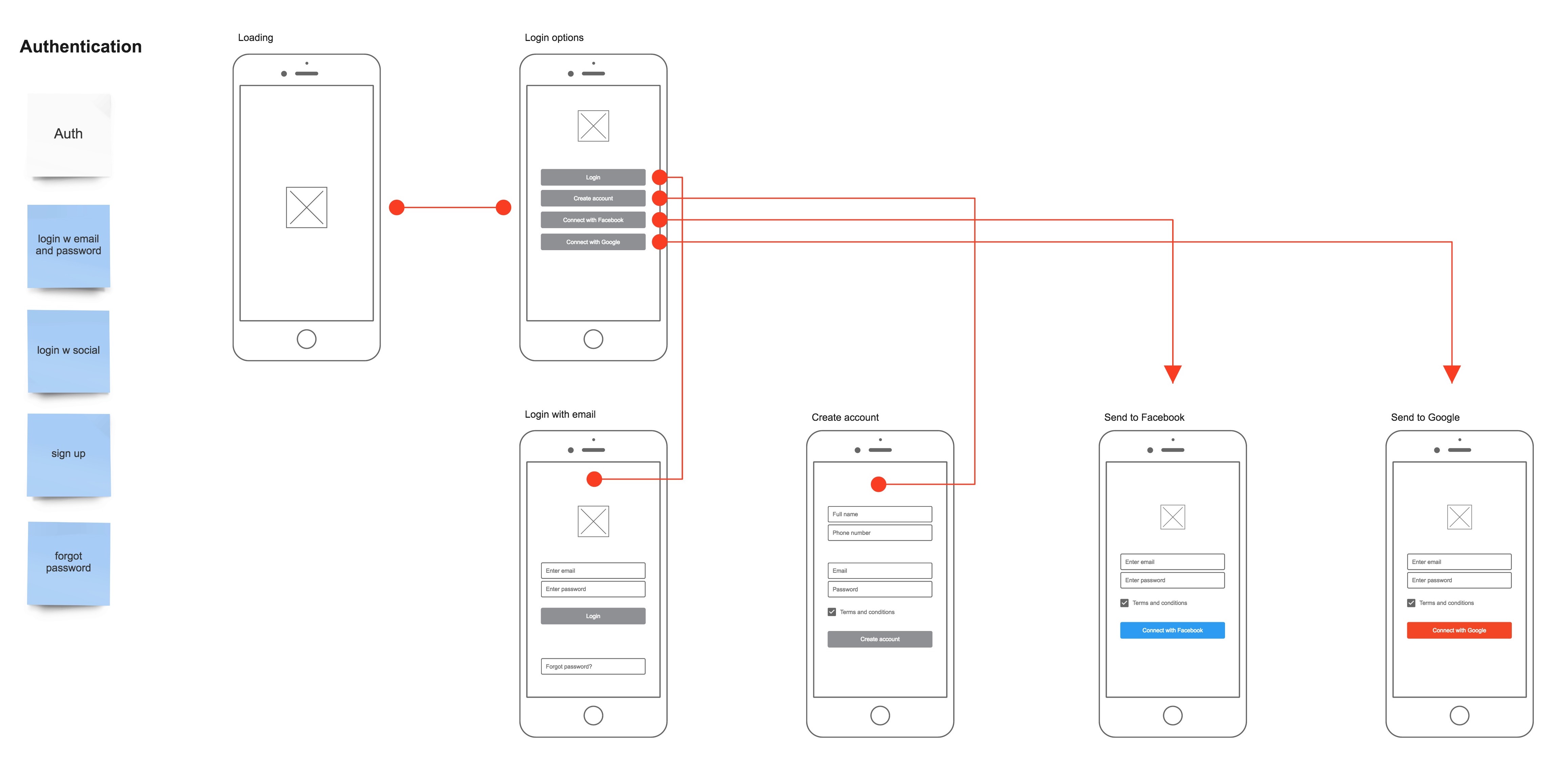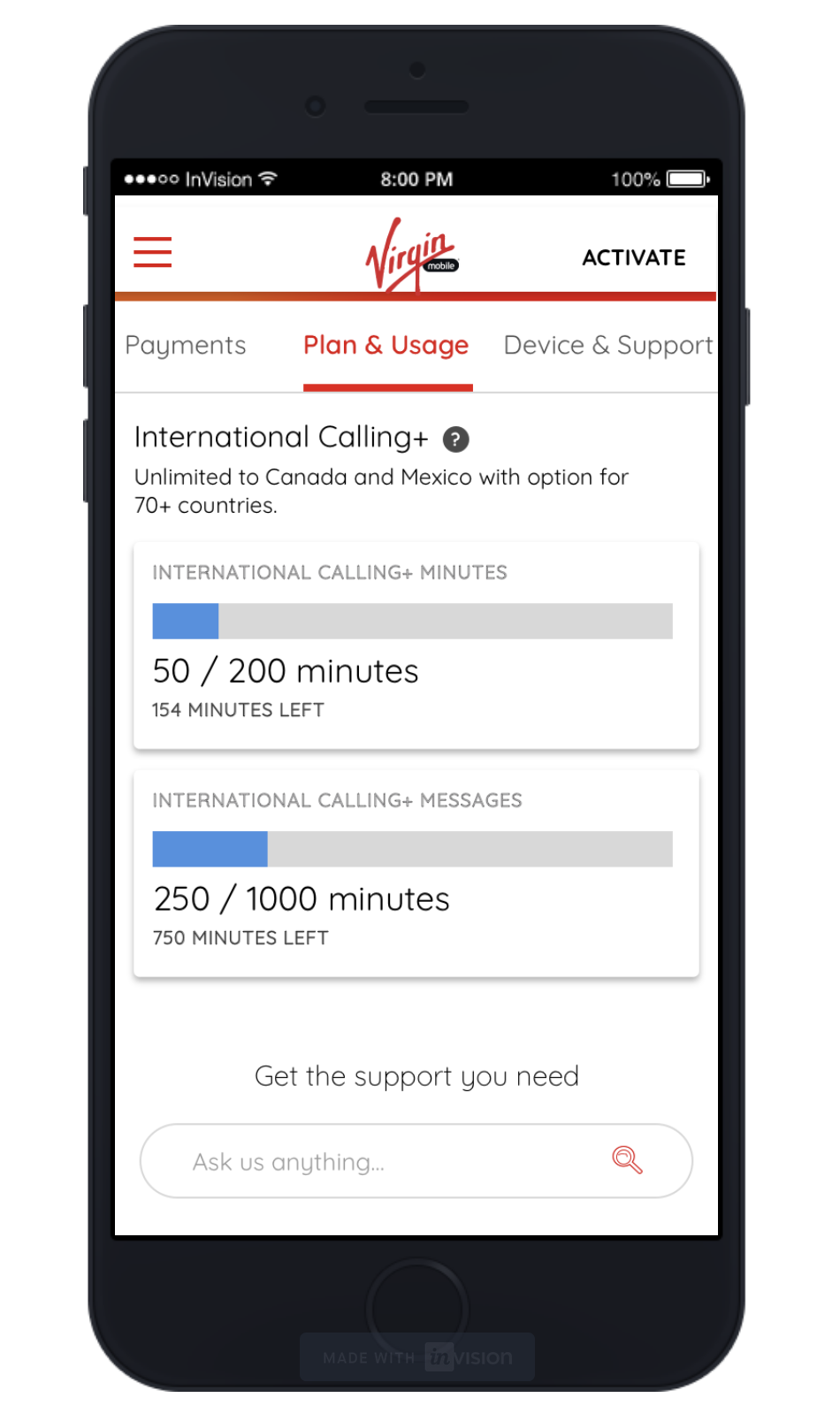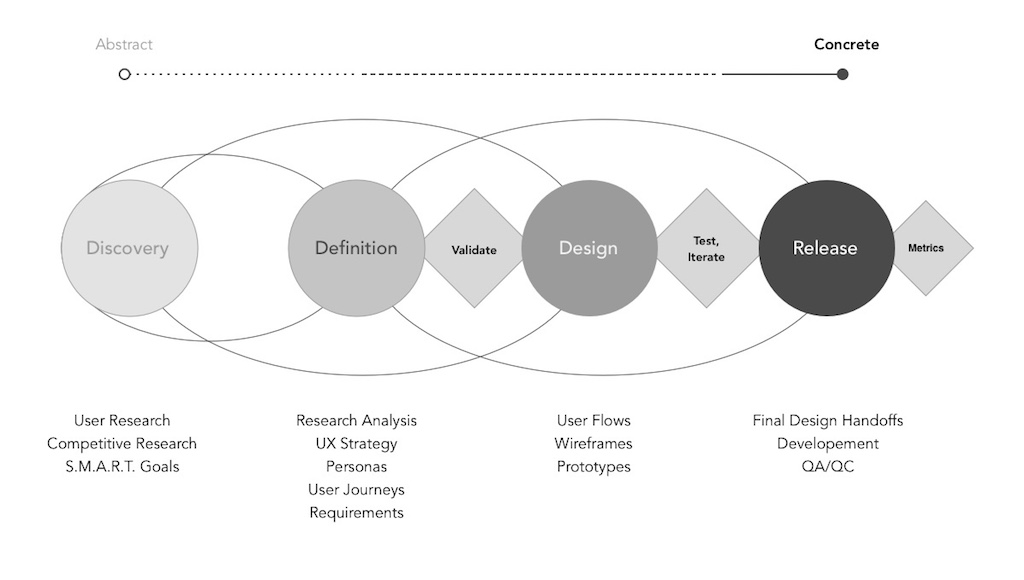
My Process
It’s a delicate balancing act: have a user-centered focus while meeting the goals of the business. When tackling a new problem, a ‘one-size-fits-all’ mentality doesn’t work. But neither does throwing every UX tool available at the wall and seeing what sticks.
I craft a workflow for each project based on what I learn about the end-user and from stakeholders during discovery, easily my favorite part of the whole process. You never know what you’ll find out. Maybe your hypotheses will be right-on, or dead-wrong. The trick is to stay open to pursuing the best solution, not trying to prove your pre-conceptions correct. I’m happy to be wrong, early and often. My favorite question to ask is ‘How do we know?’. We don’t, but we’re going to find out.
In a nutshell:
- I gain clarity around the problem with stakeholder interviews, contextual inquiries, user interviews, content audits, and hueristic reviews to move the team from abstract idea to concrete solution that solvesthe needs and wants of our users and satisfies the goals of the business.
- Develop storyboards, scenarios, and persons to better understand who we’re designing for and their product or brand touchpoints
- Align user needs with business goals by creating strategy documents, user journeys, and workflow diagrams
- Define product requirements and flush out user stories with the product manager, business analyst and development team so we’re all agreed on what we’re making and why
- Create wireframes and test prototypes quickly to validate our assumptions and design descisions to confidently bring our solution to market
- Analize KPIs after release, identify what’s working and what’s not
- Then back through the process again, and again, and again... Lather, rinse, repeat.
1. Question everything
Why are we doing this, what outcome are we shooting for, how does this align to broader business goals, do people really want this solution, how are they solving this problem today, is our solution any better or just different, is this solution making this better for our users or for us, what can we actually get done in this timeframe, etc, etc, etc....
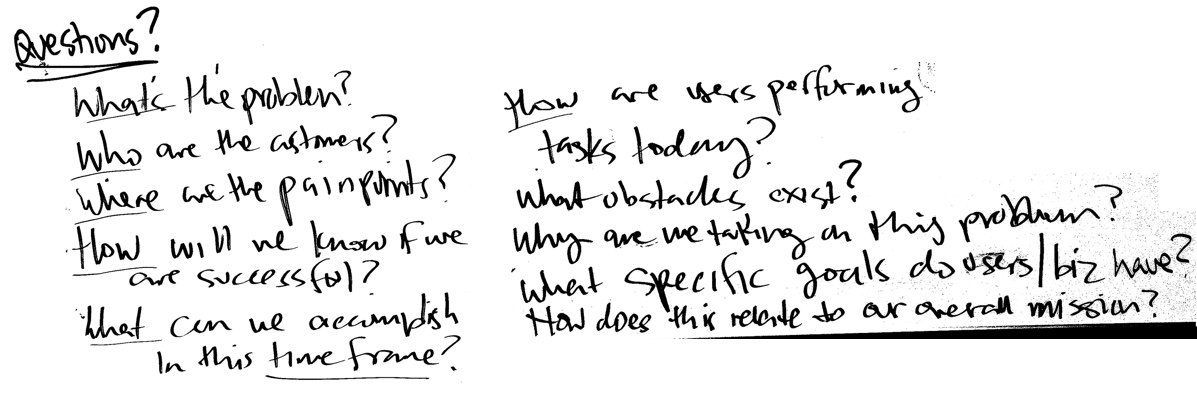 (Pardon my chicken scratch)
(Pardon my chicken scratch)
2. Identify pain points
The best way to create solutions that really solve problems for users, you have to talk to them. Interviews, surveys, CX reports, appstore reviews, demographic and ethnographic research all help build a picture of what problem you’re solving, for whom and why.

3. Diagram task flows
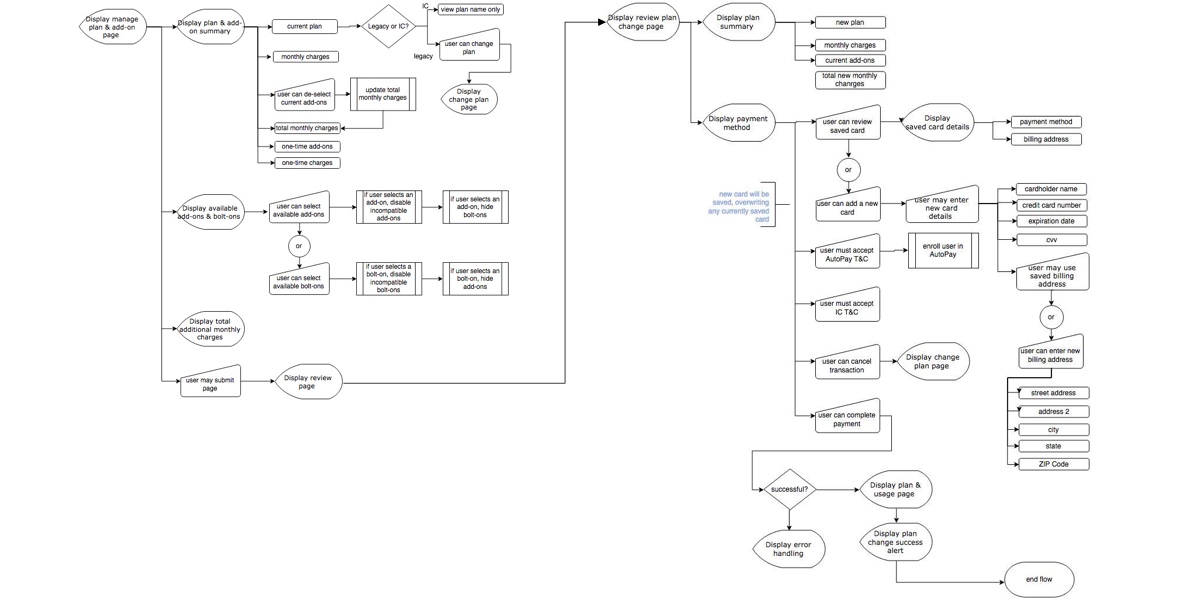
4. Sketch out ideas
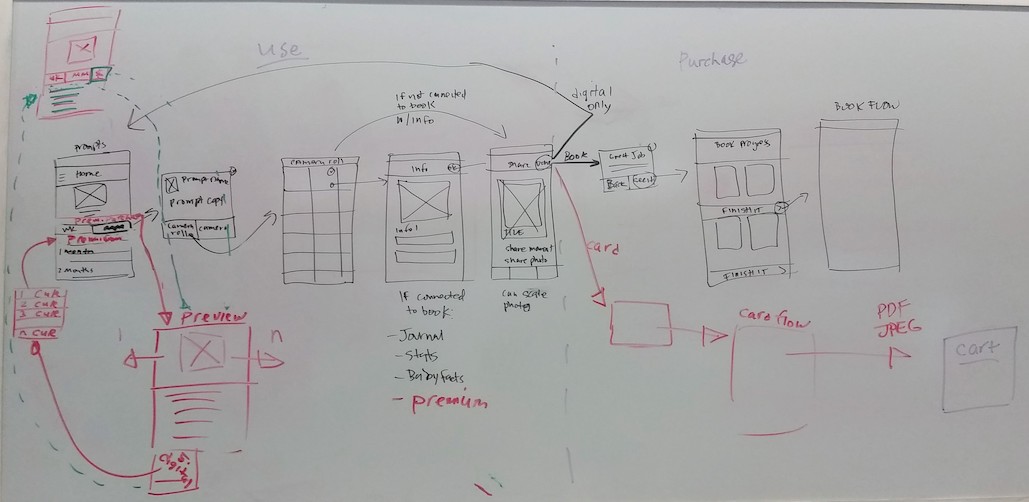
5. Add fidelity
As we get more details, content becomes available and we receive feedback from stakeholders, we move up in fidelity.
![]()
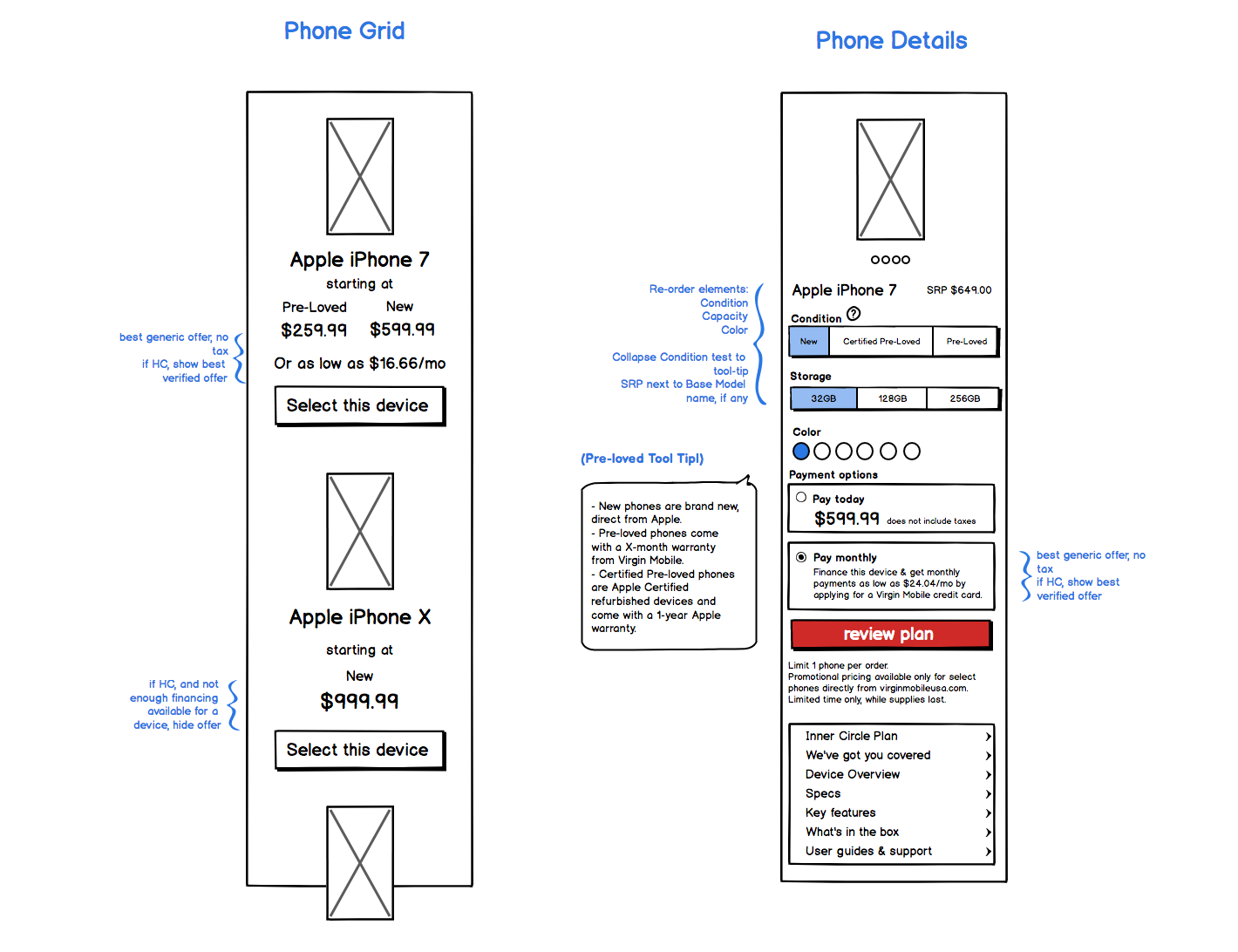
7. Test & Learn
Start by building a clickable prototype to test and validate our design concepts and usabilty (InVision and usertesting.com)
Analyze usability testing results and discuss with the team to help guide design iterations
![]()
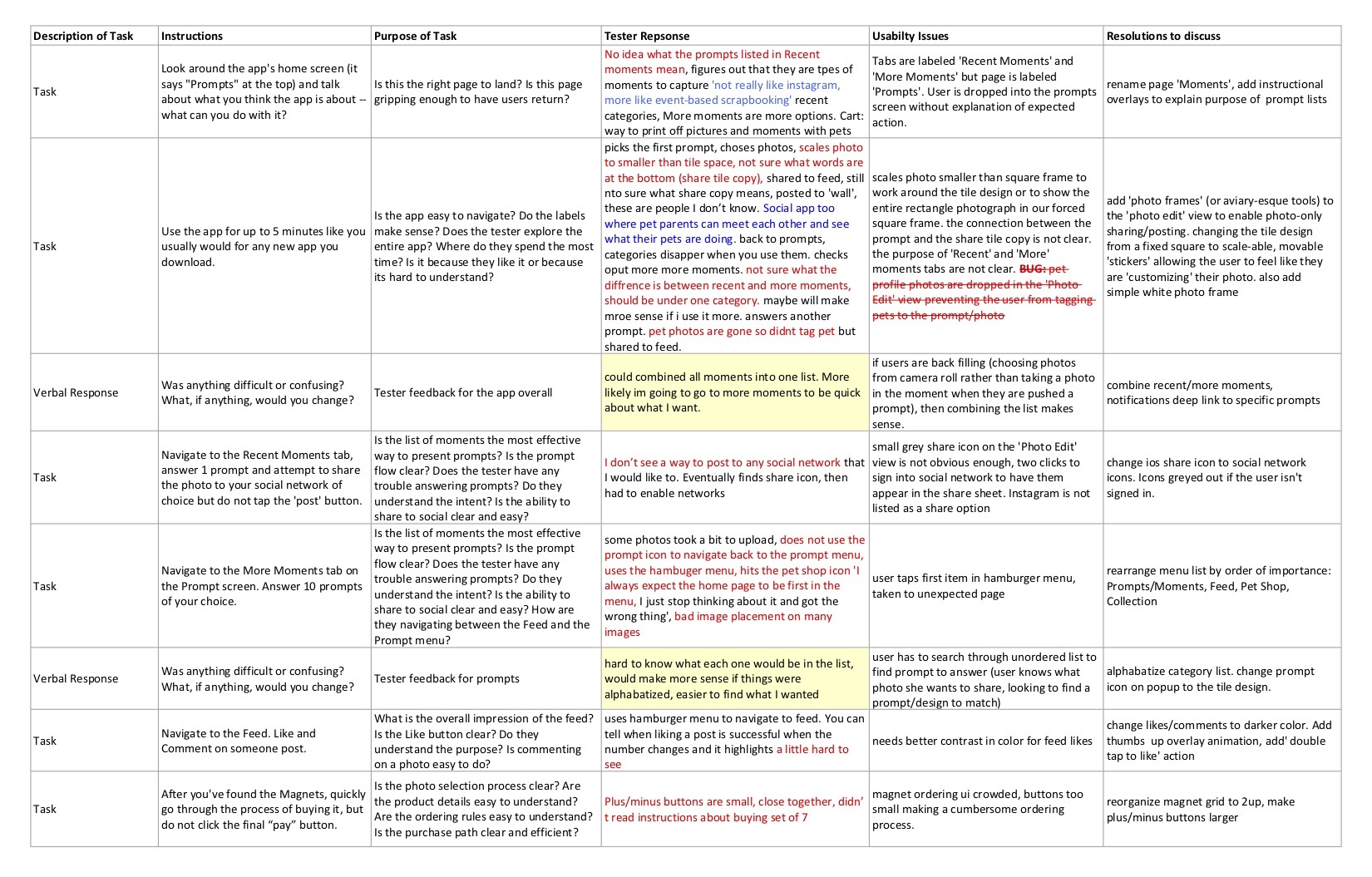
8. Iterate and Finalize
Finalize the designs and prep for developer handoff.


9. Coffee Break!
Then relax and enjoy a coffee after a job well done...That is, until analytics and customer feeback are in, of course.

